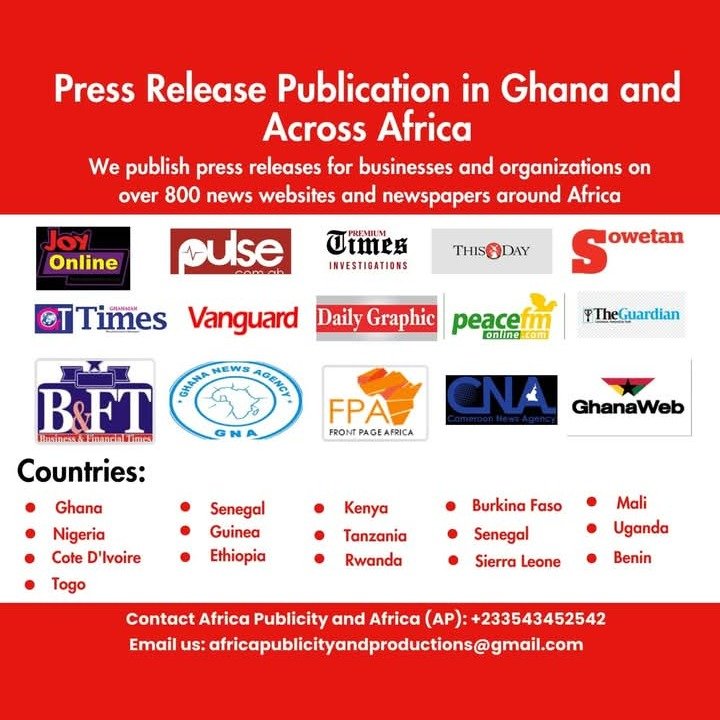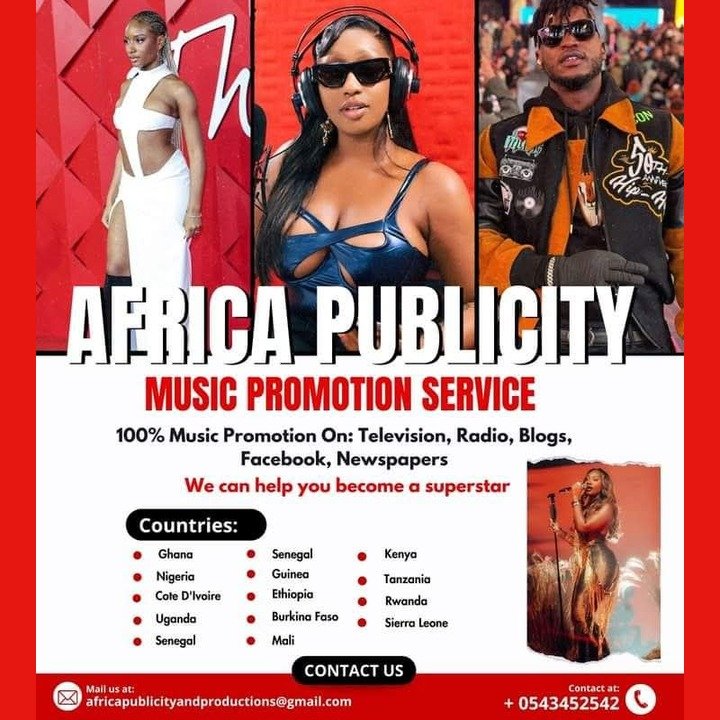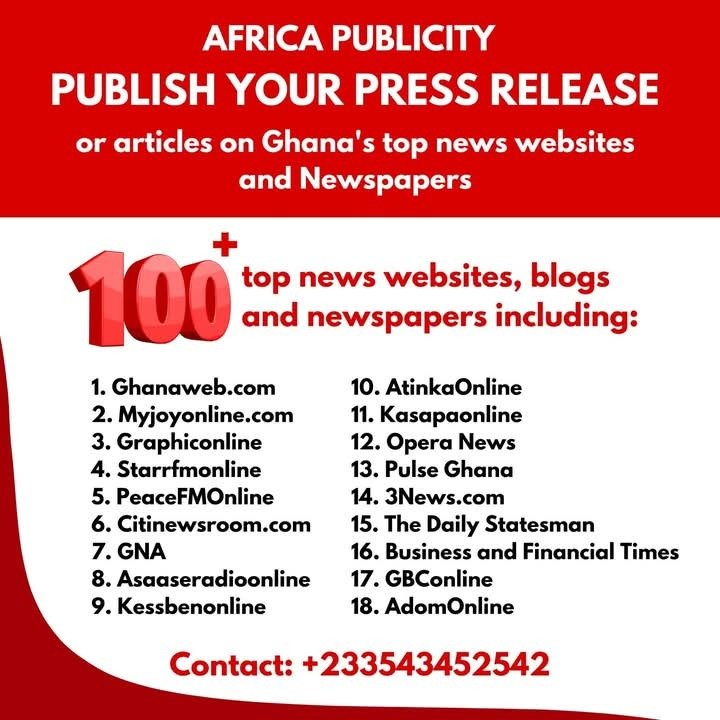By: Isaac Christopher Lubogo
The old gatekeeping languages of schooling and public life—English, French, German, Chinese—no longer enjoy a monopoly on voice or visibility. From phones to glasses to earbuds, second-to-second translation is now baked into everyday gadgets: Apple’s iPhone + AirPods can listen and play back translations for in-person conversations; Samsung’s Galaxy AI translates phone calls and face-to-face chats; Google’s Pixel Live Translate handles calls, messages and on-screen text; even Meta’s Ray-Ban glasses whisper live translations into your ears.
Specialist devices go further: Timekettle’s interpreter earbuds, Pocketalk and Vasco handhelds deliver two-way, near-instant voice translation across dozens of languages—handy for clinics, courts, markets and classrooms.
That new floor of ubiquitous translation is our opportunity: not to abandon Lulamogi among the Balamogi—but to amplify it, encode it, and make it economically and culturally irresistible.
First, ground truth: what is Lulamogi—digitally speaking?
Lulamogi (often “Lamogi”) is a dialect of Lusoga (xog), itself one of Uganda’s major Bantu languages. Scholarly work and reference overviews list Lamogi among Lusoga’s main varieties (alongside Gabula, Tenga and Kenyi). The Lusoga Language Authority (LULA) leads standardisation and promotion from Jinja.
Critically, Lusoga already has serious linguistic infrastructure: a standardised orthography, a monolingual dictionary (Eiwanika ly’Olusoga), and a growing corpus—assets we can extend to Lamogi usage.
On the everyday tech side, keyboards matter. Microsoft’s SwiftKey explicitly supports Soga (Lusoga), making daily typing, autocorrect and prediction possible today; similar paths exist on Gboard.
Why AI translation changes the game—for inclusion and for dominance
1. Access is solved: When devices interpret speech on the fly, no Balamogi child, trader, patient or witness need be excluded from services merely for speaking Lulamogi first.
(Apple/Samsung/Google/Meta now offer on-device or device-tethered live modes.)
2. But vitality is not automatic: A language thrives digitally if it shows up in the new domains and media (apps, captions, search, subtitles), is taught, and has materials. That is precisely how UNESCO assesses language vitality.
3. The digital-death warning: In AI environments, languages without data or tooling fade from screens even if they thrive at home. András Kornai captured this “digital language death” risk a decade ago; the logic is sharper in the LLM era.
Translation alone can make Lulamogi comprehensible to others; it does not make it dominant among the Balamogi. Dominance flows from production (we create in it), platform presence (we use it where attention lives), and prestige (we teach it, certify it, and do serious work in it).
Five levers to give Lulamogi dominance at home (and presence online)
1. Production at scale (voice + text)
Launch a Balamogi Content Sprint: sermons, short dramas, health explainers, land-law guides, farming tips—scripted in Lulamogi, subtitled for others.
Use live-translation hardware to collaborate across dialects and professions; publish the Lulamogi originals first, translations second. (Your devices already support the workflows.)
2. Data pipelines (so AI learns Lulamogi, not just from it)
Expand the Lusoga corpora with Lamogi-rich speech & text: oral histories, clan proceedings, school debates, radio phone-ins.
Tag domains (health, land, justice, markets) and release privacy-safe open datasets so Masakhane-style researchers can train translation/ASR/TTS for Lulamogi.
3. Everyday tooling (keyboards, captions, dictation)
Default phones in Busoga to a Lusoga/Soga keyboard; add Lamogi lexicon to autocorrect. (SwiftKey supports Soga today.)
Promote captioning in Lulamogi: Facebook/YouTube Shorts, radio livestreams, town-hall videos.
4. Institutional prestige (schools, courts, clinics)
Pair Lulamogi originals with translated service layers: triage in clinics, community-policing guidelines, land forms—Lulamogi first, English/Swahili second.
Commission LULA to certify terminology (health, justice, tech) and to version the Eiwanika dictionary for Lamogi use cases.
5. Platform presence (so algorithms can “see” us)
Seed Wikipedia/Wikidata and local news feeds with Lusoga/Lamogi entries, names, and tags; cross-link to English to raise discovery.
Encourage creators to post dual-audio shorts: Lulamogi audio + auto-translated captions via Pixel/Apple/Samsung flows.
Risks to manage (and how)
Over-standardising away dialect richness: Guard Lamogi features explicitly in dictionaries & style guides. (UNESCO flags “response to new domains” and materials as vitality factors—do them in Lamogi.)
AI bias & hallucination: Keep a human-in-the-loop for public-service translations; test on court/clinic terminology before field use.
Privacy: Some gadgets stream audio; prefer on-device modes (Apple Intelligence, Pixel Live Translate, Samsung on-device Interpreter) whenever possible.
A 12-month Balamogi Language-Tech Plan (practical, fundable)
Q1 – Convene & Capture
Constitute a Balamogi Language Tech Taskforce (LULA + schools + radio + churches + health centres).
Start weekly speech drives (churches, markets, clan meetings). Target: 200 hours of Lamogi speech with consent & metadata.
Publish v1 Lamogi keyboard lexicon (SwiftKey/Gboard wordlists).
Q2 – Build & Pilot
Fine-tune open ASR/TTS on the new data; stand up a WhatsApp micro-bot that answers in Lulamogi with auto-translated fallback.
Produce 100 short videos (agriculture, health, law) in Lulamogi; distribute via radio + Facebook/YouTube with translated captions through Pixel/Apple/Samsung tools.
Q3 – Institutionalise
Clinics & parish courts adopt Lamogi first contact scripts; schools pilot Lamogi reading hour using stories from the corpus.
Update Eiwanika digital edition with Lamogi term notes for land, finance, health.
Q4 – Measure & Expand
Score Lulamogi yearly against UNESCO’s vitality factors (domains of use, intergenerational transfer, materials).
Publish an open Balamogi Speech & Text Pack (v1.0) for researchers and app builders; invite Masakhane collabs.
Devices you can deploy today (and what each is best at)
iPhone + AirPods → In-person conversation translation you can hear privately. Great for clinics, counseling, taxi stages.
Samsung Galaxy + Buds → Live Translate for phone calls and Interpreter for face-to-face; robust on-device options.
Google Pixel → Live Translate across calls/messages/camera; conversation mode and phone-call dubbing on newer Pixels.
Meta Ray-Ban → Hands-free live translation in your ears during walk-and-talk, with transcripts on phone.
Timekettle / Pocketalk / Vasco → Dedicated interpreters for noisy or low-connectivity spaces; useful for outreach teams.
The Lubogo bottom line
Translation tech has ended the excuse of exclusion. But dominance of Lulamogi among the Balamogi will come only if we produce, encode, and institutionalise the language in the very systems that shape modern attention and authority—phones, classrooms, clinics, courts, and content feeds.
If we do the work—corpus + keyboards + content + classrooms—Lulamogi will not merely survive the AI wave; it will surf it, carrying Busoga’s voice, wit and wisdom to the world, on its own terms.








